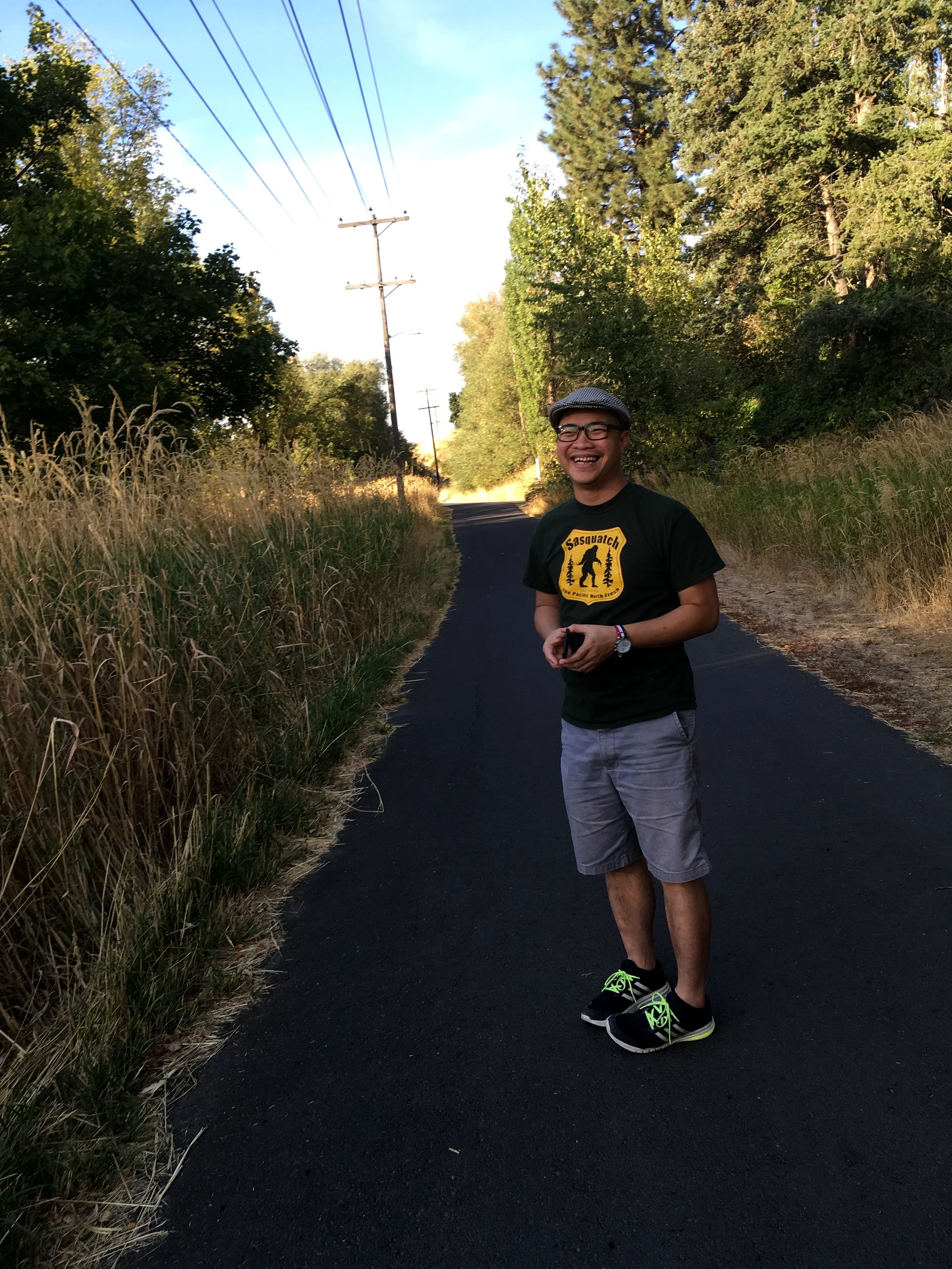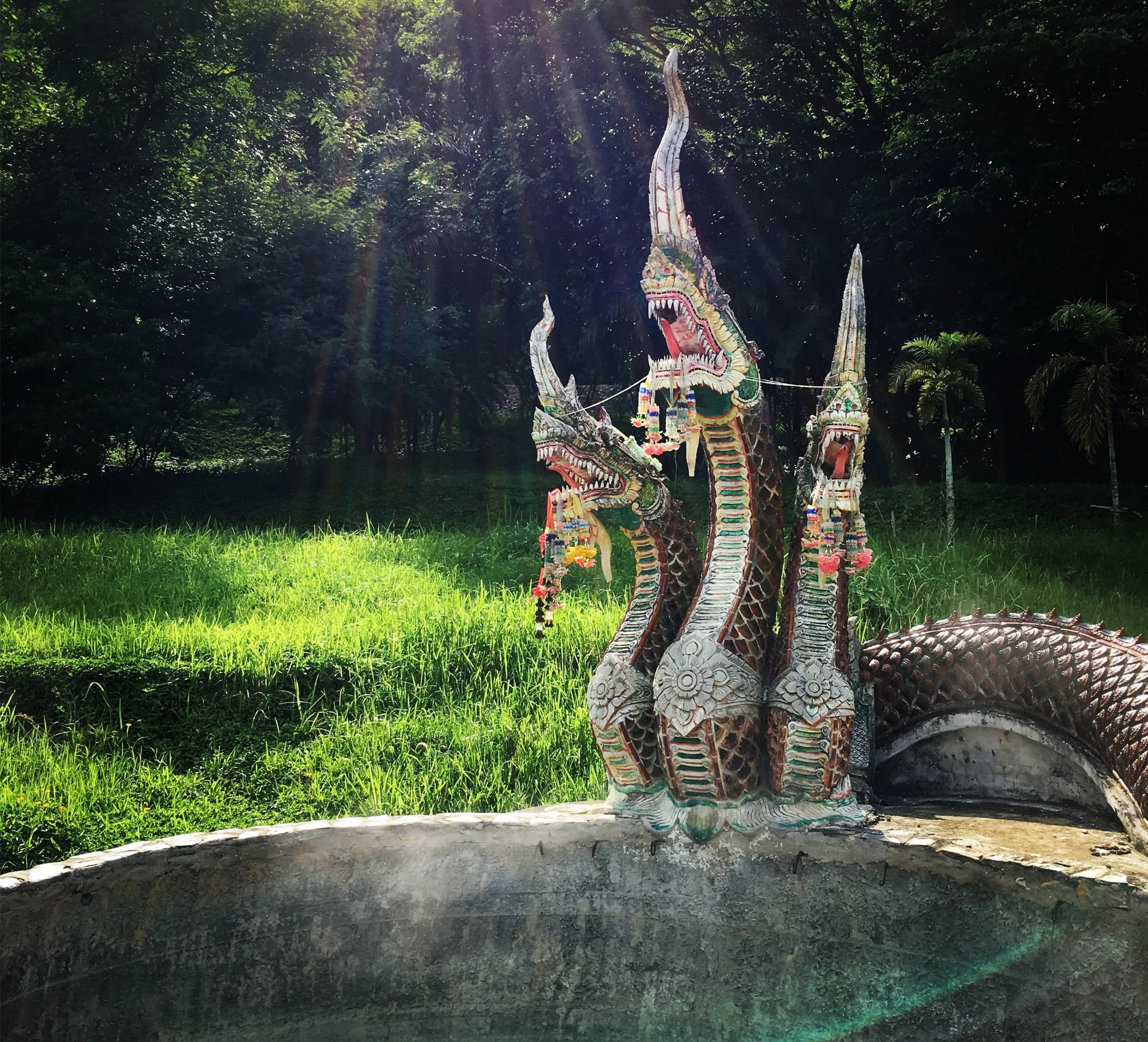‘Nagascape’: An Observation of Local Myth, Communal Space, and Cultural Landscape in the Chiang Saen Basin, Thailand
Piyawit MOONKHAM
PhD candidate, Department of Anthropology, Washington State University, Pullman, WA, USA
A powerful myth tells of the naga, which came to destroy the town known as Yonok after the people offended the naga. Despite this divine retribution, the people of the community chose to rebuild. In the Chiang Saen Basin, the naga has seen as the guardian of the land and the creator and protector of rivers, lands, villages, towns, and somewhat the Buddhist deity. Furthermore, the naga myth is understood by local communities as a tool to understand how the landscapes have changed over time, and frequently provides people agency to act, feel, and reflect their cultural identity and legitimize their social space. Both archaeological evidence and ethnographic information also suggest that people in Northern Thailand still believe in the myth and continue to practice it until today. This paper argues that the belief of naga is not only seen as a referential knowledge by the local community to interact with each other among themselves, but also use the knowledge to modify the cultural landscapes accordingly. It is served as collective memory and provides the sense of community, of place, and of identity for local people to either use it to negotiate, contest or combine their communal ideologies with the larger unknown, unpredictable and ever-changing social and physical landscape.
***
Piyawit Moonkham is a PhD Candidate in Archaeology at Washington State University. His research focuses on Northern Thailand and Mainland Southeast Asia, where he addresses human use of social space, built environment and natural landscape through a diachronic investigation of spatial patterns of historical monuments and myths. His recent research is to elucidate how local social worldview interacts with the spatial layout of Buddhist temples in Chiang Sean, particularly how it may reflect changing concepts of social life, sociopolitical organization, and environmental management.

